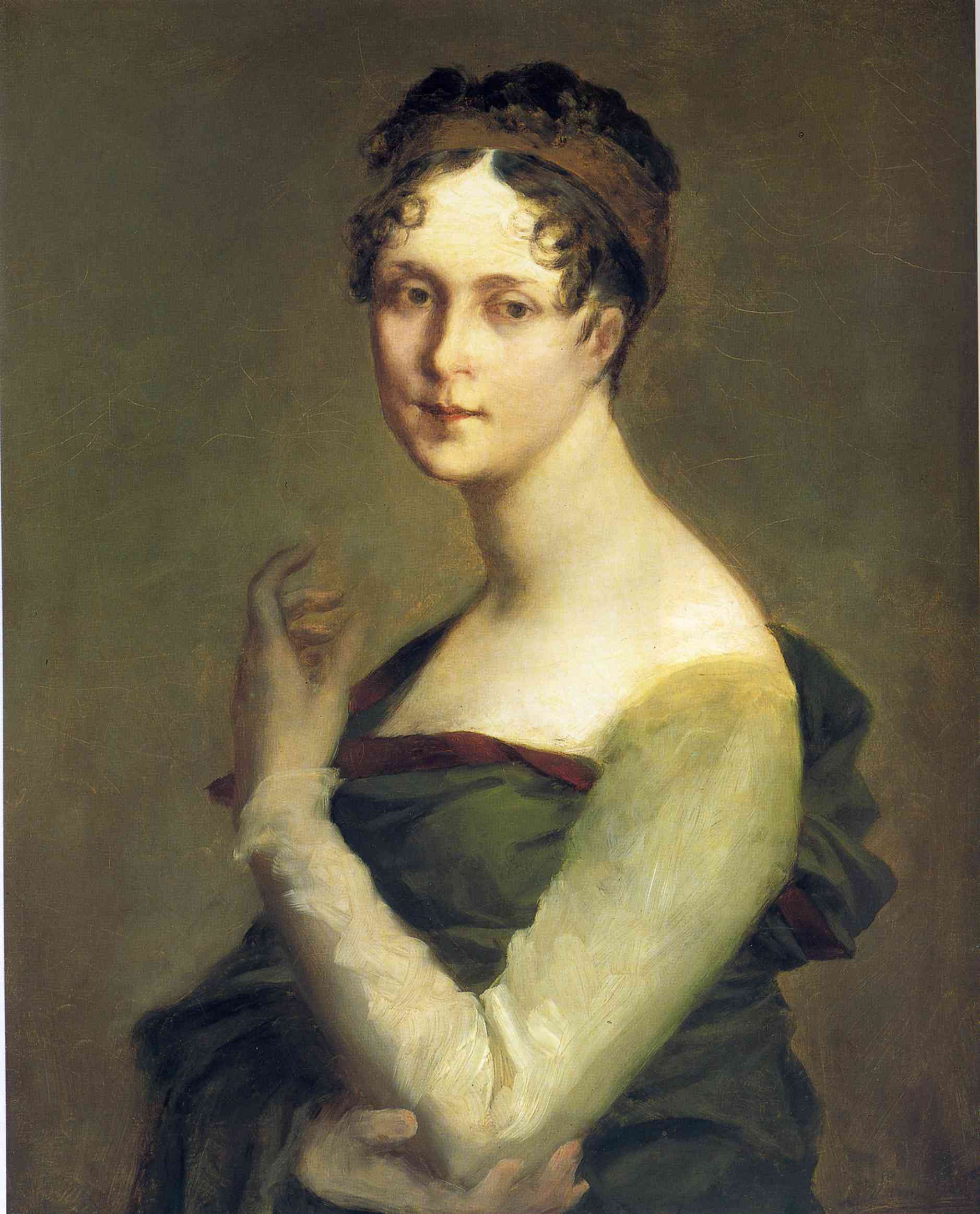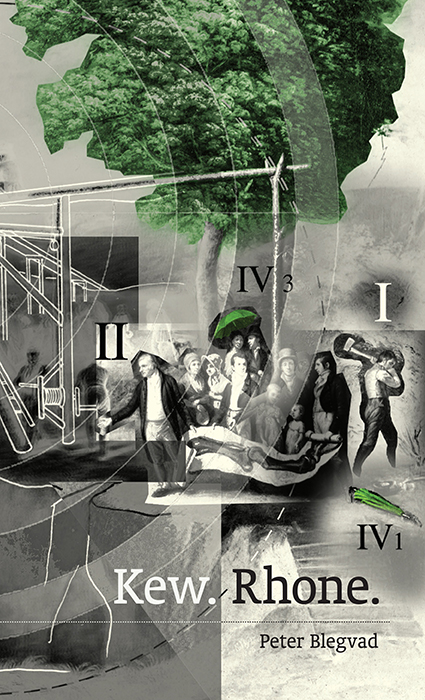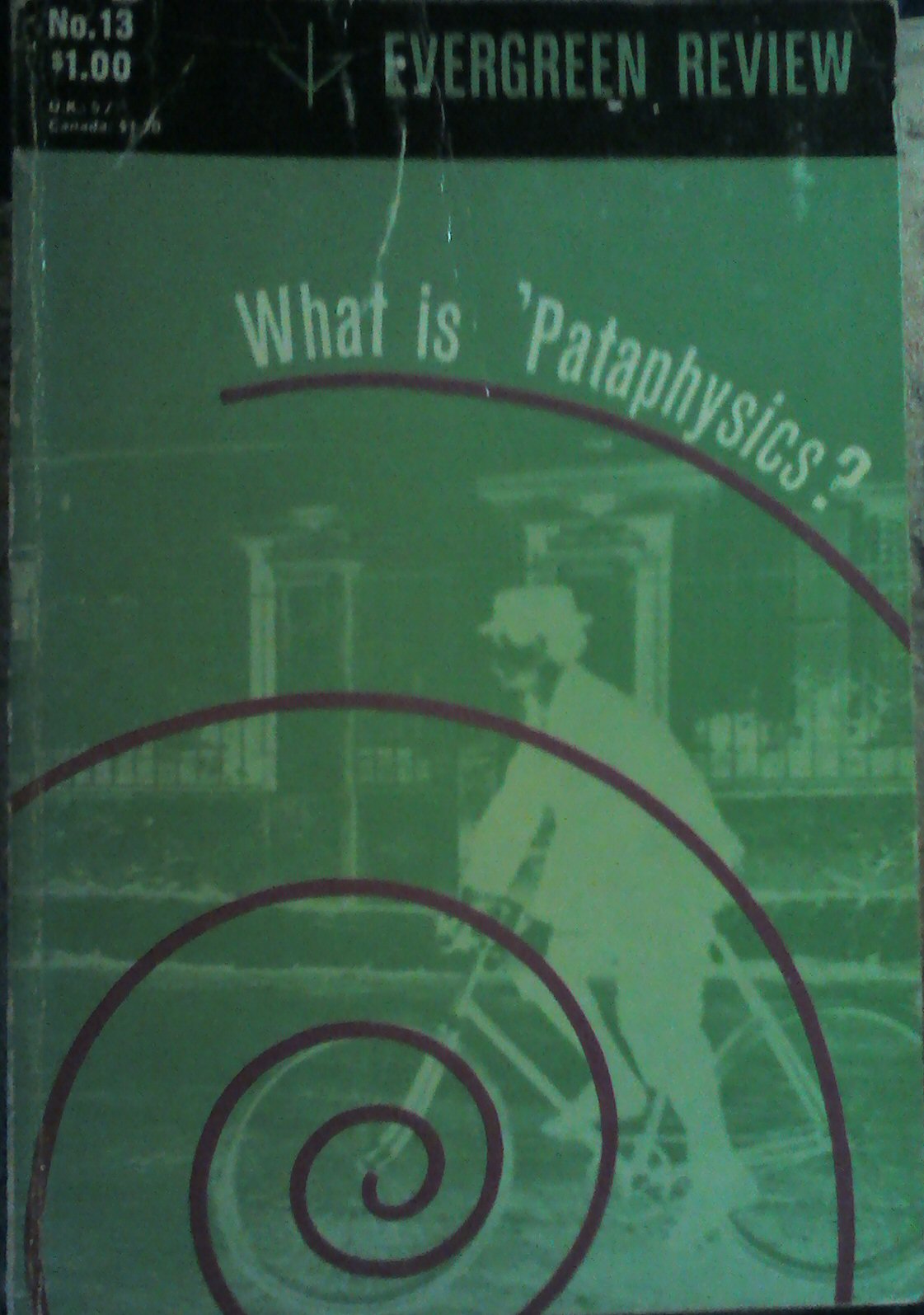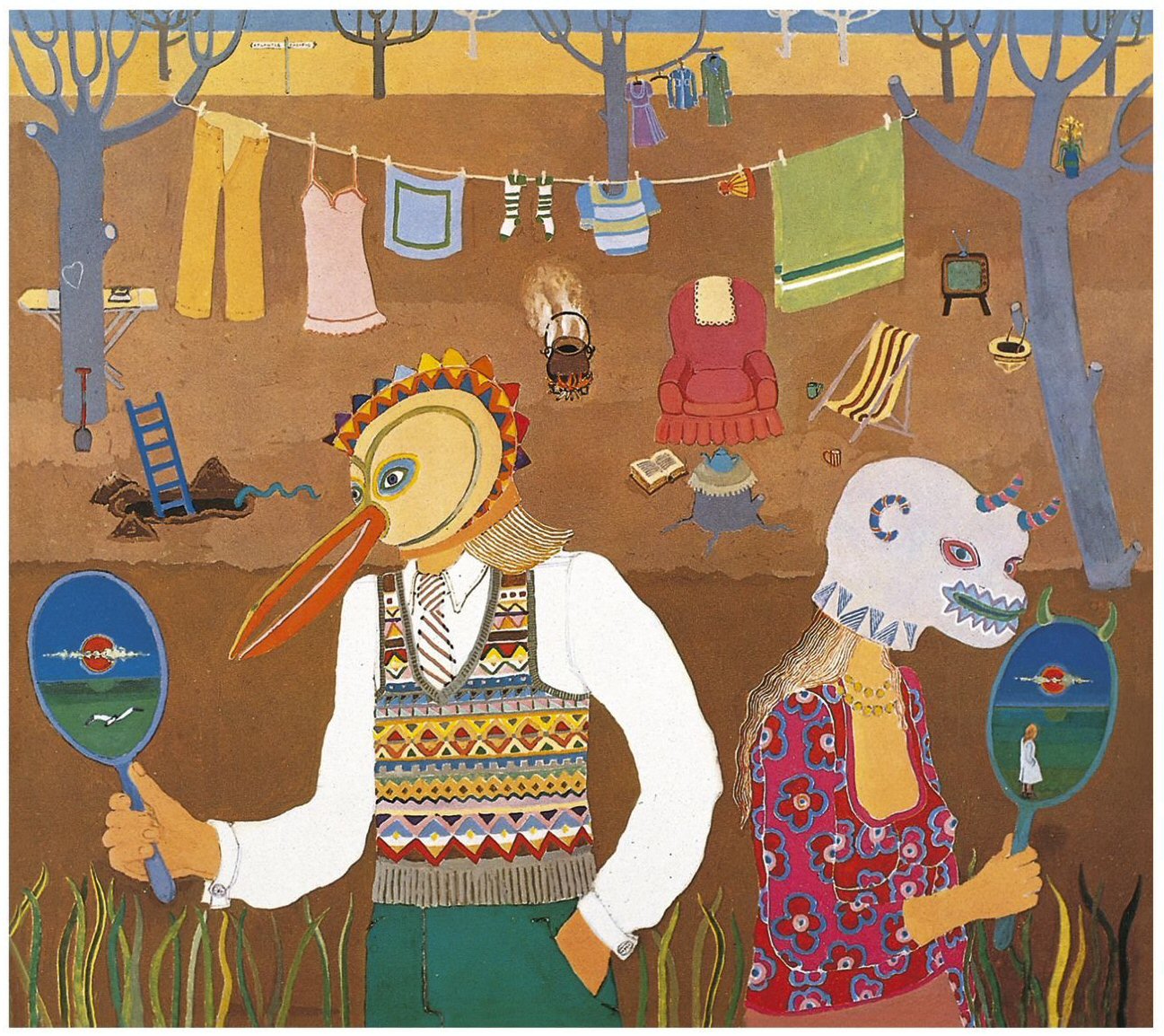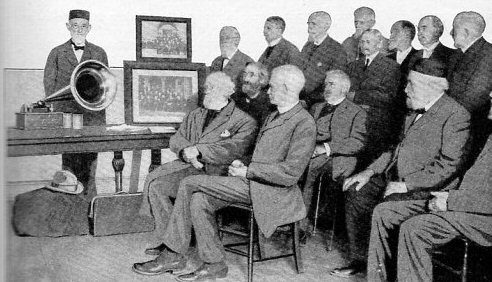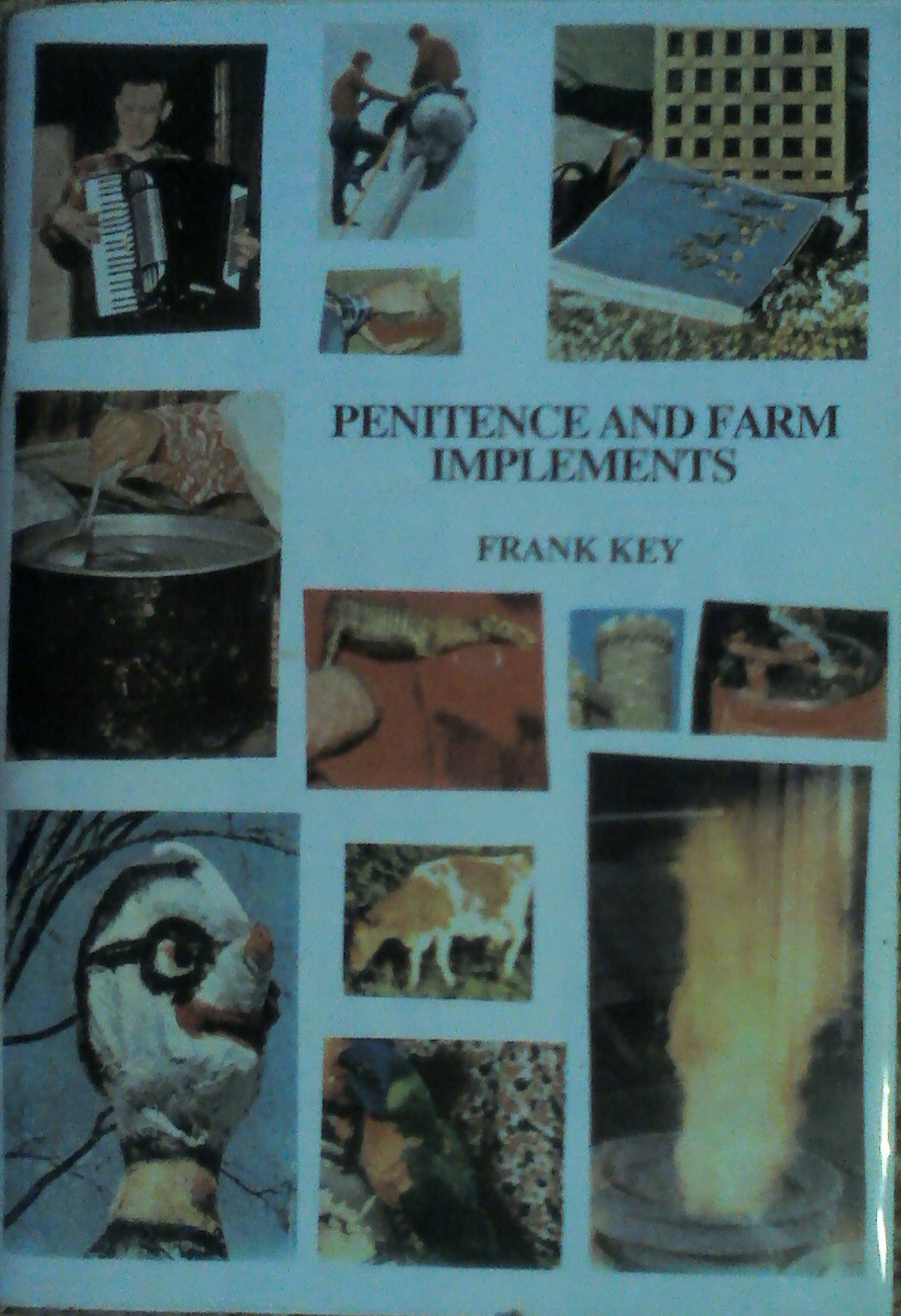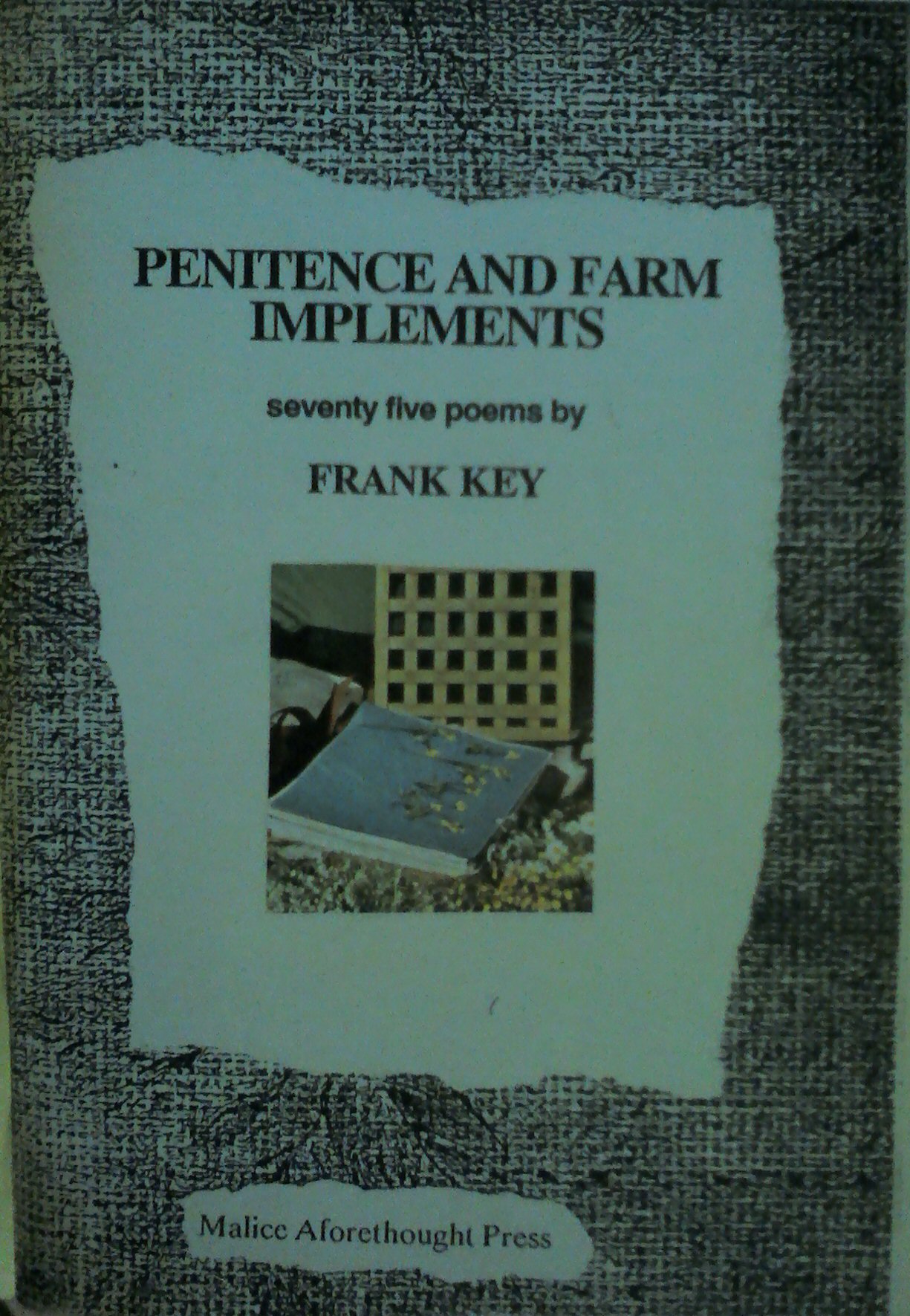I was sprawled on the sofa, dozing off as I read the latest issue of The Truncheon Of Truth, when I was startled by an urgent pounding at the door.
“Come in!” I shouted, for the door was not locked. As I tossed my magazine on to the floor and prepared to rise to greet my visitor, whoever it was, the door crashed open and a man wearing a frock coat and a bippety-boppety hat came striding in. I immediately recognised him as Tarleton, the amateur’s amateur.
“Why, as I live and breathe, it is you, Tarleton!” I yelled. Strictly speaking, none of these words was actually necessary.
“Spare me your unnecessary words,” rapped Tarleton, “Put on your coat and hat and boots and follow me. There is not a moment to lose!”
Thus began one of the more thrilling adventures of my long and, for the most part, undistinguished life. I had no idea, at the time, that I was to play a significant part in what became known as the affair of the Mitteleuropean Crown Prince, the missing jewellery box, the dachshund, the drainage ditch, and the freckle-faced lighthouse keeper. On that sopping wet Sunday morning I was preoccupied with the fact that Tarleton had interrupted my reading of an article in The Truncheon Of Truth on the subject of Blunkett.
“I was in the middle of reading a very interesting piece about David Blunkett,” I protested to Tarleton as I hastened after him along the rain-swept streets of my bailiwick.
“Save your breath, man!” rapped Tarleton, “And keep up! There is not a moment to lose!”
We turned down an alleyway next to the ice-cream kiosk, and then down another alleyway, and another, and yet another, until I realised that I was no longer in my familiar surroundings and had no idea where I was. In spite of the fact that each alleyway was narrower and darker and more foetid than the last, Tarleton kept up a cracking pace.
“At the point when you knocked,” I panted, “Blunkett had just entered a field wherein a cow awaited him – a cow that, I think, was about to attack him, on his birthday to boot.”
“You looked as if you were dozing off when I arrived,” said Tarleton, “So you cannot have found the article that interesting. Now hush!” he added, and he made a melodramatic gesture, placing one silk-begloved finger vertically in front of his lips. We stood, soaked, in front of a doorway on which the paint was peeling, the wood was rotting, and the number 49 had been scratched as if by the claws of a maddened bear.
“I was dozing off because the prose was leaden,” I said, “But the content in itself was absolutely fascinating.”
“For God’s sake hush!” hissed Tarleton, and as he did so he pushed the door open gingerly. It creaked on its hinges nevertheless. “Follow me down this secret corridor,” he whispered.
The secret corridor was unlit, and when the door swung shut behind me, I was as blind as Blunkett in the pitch blackness. Recalling the article in The Truncheon Of Truth, I apprehended just how terrifying it would be to be attacked by a cow. I groped forward and clutched at the tail of Tarleton’s frock coat, and we stumbled forward in the Stygian gloom.
“We are not likely to meet with a cow, I take it?” I whispered.
Tarleton hushed me for the third time.
In blackness and silence, like the message of Sylvia Plath’s yew tree, we made our way along the secret corridor for what seemed to me untold hours but was, when I looked later at my wristwatch, only a few minutes. We emerged eventually into the large and imposing pantry of a large and imposing hotel, and now I was Blunkett-blinded not by darkness but by the glare of several Klieg lights. Tarleton, ever prepared, snapped on a pair of sunglasses.
“We are only just in time!” he cried.
There, chained to the pantry wall, gagged and dishevelled, was a Mitteleuropean Crown Prince, and on the floor at his feet a missing jewellery box. With one swift and decisive move, Tarleton smashed the chains with an axe. Then he helped the Crown Prince to his feet, pocketed the jewellery box, dusted down his frock coat, straightened the bippety-boppety hat on his head, and prepared to leave the pantry through a connecting door to a second, equally large and equally imposing pantry, from where we could make our way to the hotel lobby, and then out into daylight and safety and a majestic boulevard. As I made to follow, Tarleton turned, wagged a silk-begloved finger in my face, and said. “Wait here!”
I never saw Tarleton or the Mitteleuropean Crown Prince again. I kept myself occupied in the pantry, rearranging the pots and pans and packet soups on the shelves, and doing a little light dusting, until one day, weakened by hunger, I saw a hallucinatory cow intent on attacking me, and I realised it was time to leave. I made my way back through the secret corridor and out into the alleyway and the other alleyway and the other alleyway and the other alleyway until I got my bearings and made my way home. Several weeks’ copies of The Truncheon Of Truth were piled up on the doormat. I made myself an infusion of boiled lettucewater and sprawled on the sofa to catch up on my reading. There was an article recounting in great detail the affair of the Mitteleuropean Crown Prince, the missing jewellery box, the dachshund, the drainage ditch, and the freckle-faced lighthouse keeper. Tarleton was not mentioned, and nor was I – at least, not in the first few paragraphs. The piece was written in prose so leaden that before I read any further I dozed off.
I was startled by an urgent pounding at the door. But I had taken the precaution of locking it, and I ignored the pounding, and went back to sleep.

